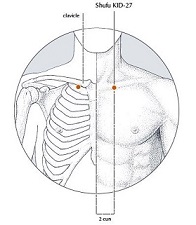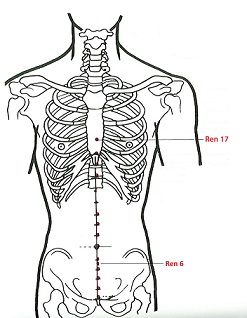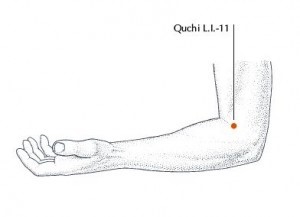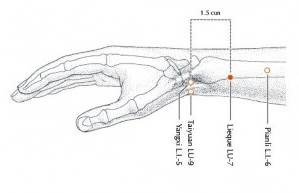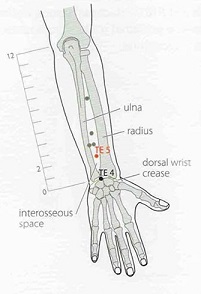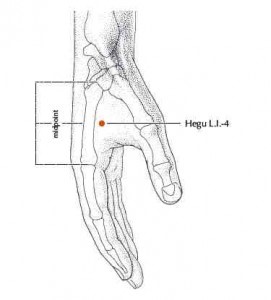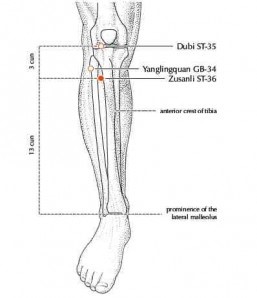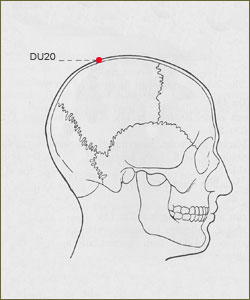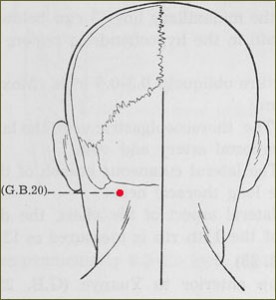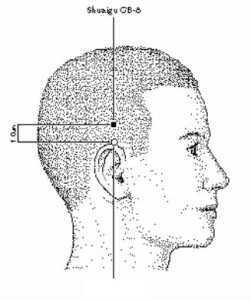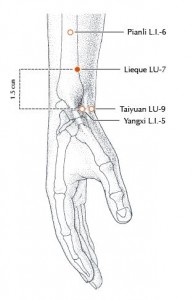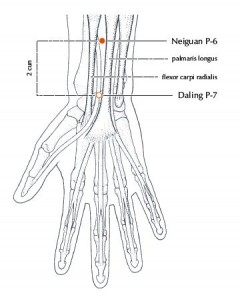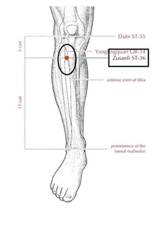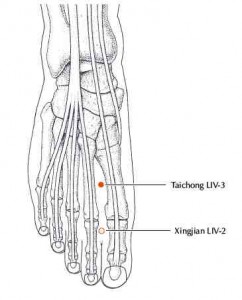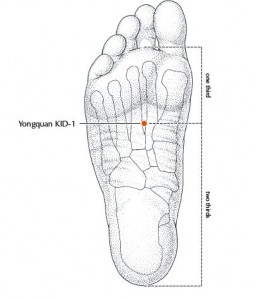November 21, 2013
By Poppi Sabhaney, R.Ac.
With cold and flu season fast approaching, it’s time to think about the flu shot. But this year, make it a safe, natural flu shot from NeuroKinetics Clinic. We are proud to use the homeopathic remedy IMMUNEXX from Viatrrexx, the newest, and premier leading homeopathic flu shot available. All shots are mixed with the highest quality and most bioavailable form of B12, which also boosts your energy and assists with absorption.
This natural injection is a safe and effective alternative or addition to the regular flu shot vaccination. The injection is a combination of homeopathic medicines that activate the immune system against cold and flu viruses without exposing the person to the virus. The medication does not contain deactivated viruses, stabilizers or additives, and is safe for people with sensitivities or egg allergies.
Homeopathic immunization is free of side-effects, it is gentle and highly effective. It can be used by everyone including children, pregnant women or the elderly.
We recommend the following schedule:
• Prevention for a healthy person – 1x per month (October to April) [Recommended]
• Build immunity – 2 to 4x in one month
• During cold and flu outbreaks – 1x per week
• During a cold or flu – 2 to 3x per week
• Once your cold symptoms subside – 1x per week for 3 weeks
We also offer immune-boosting acupuncture treatments too!
We run a flu clinic from October through April, with the first week of every month featuring specials or discounts for that week. For more information or to book an injection please call The NeuroKinetics Clinic at 604-736-3963.
And remember, follow these simple guidelines and you will minimize the risk of catching the cold or flu this winter season:
1. Wash your hands often
2. Stay hydrated
3. Avoid excess sugar
4. Take an immune boosting supplement such as vitamin C, Echinacea, or goldenseal root
5. Get enough Sleep
Stay healthy this winter!
Why you might want to explore options to the standard flu shot
Always a subject of critical debate, there are many reminders, and opinions, about the flu shot. It’s up to you to gather yourself about the alternatives to the standard flu shot vaccination so you can make an informed decision for what is best for you.
The flu vaccine is used by the public each year, but of course some people may have sensitivities and sometimes side-effects to it.
The main issue is usually the issue of the vaccine stabilizing agents, which allow for a long shelf life and durability during shipment around the world. Most vaccines contain formaldehyde, a known cancer causing agent.
And it can also contain a preservative, Thimerosal, a derivative of mercury, which is also known to have serious adverse health effects; one of them being a known neurotoxin linked to brain damage and autoimmune diseases. To see the interaction of mercury and brain neurons check out this video on YouTube.
You might also find aluminum as a common ingredient in the flu shot and this can be concerning as both mercury and aluminum are two toxic heavy metals that have been associated with an increase rates of Alzheimer’s disease.
Other side effects can range from local injection irritation and redness to minor flu-like symptoms including: fever, general malaise, muscle pain, hives, allergic asthma, respiratory tract infections, gastrointestinal problems, eye problems, abnormal blood pressure and other circulatory abnormalities.
And vaccines are cultivated on chicken embryo eggs, so if you are sensitive or allergic to chicken or chicken by-products (ie. eggs), you will have to find an alternative for the flu shot.
An uncommon, but alarming reaction that has been associated with the flu vaccine is Guillain-Bare Syndrome (GBS). It affects about every 2-3 people per 100,000 and can occur, most often about 2-4 weeks after the injection. GBS is an immune-mediated nerve disorder characterized by muscle weakness, unsteady gait, numbness, tingling, pain and sometimes paralysis of one or more limbs or the face. It is usually self-limiting, but recovery can take several months and can include residual nerve damage and/or disability.
And if you are already immune compromised or deficient, there is always the chance that because you are injecting a material substance into the body and by-passing all the of the body’s natural defense mechanisms that the dosage might actually be too strong for some individuals resulting in a systemic shock which might later arise into an auto-immune disorder response.
Homeopathic immunization is free of side-effects, it is gentle and highly effective. It can be used by everyone including children, pregnant women or the elderly.
